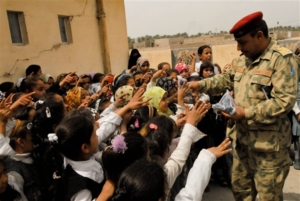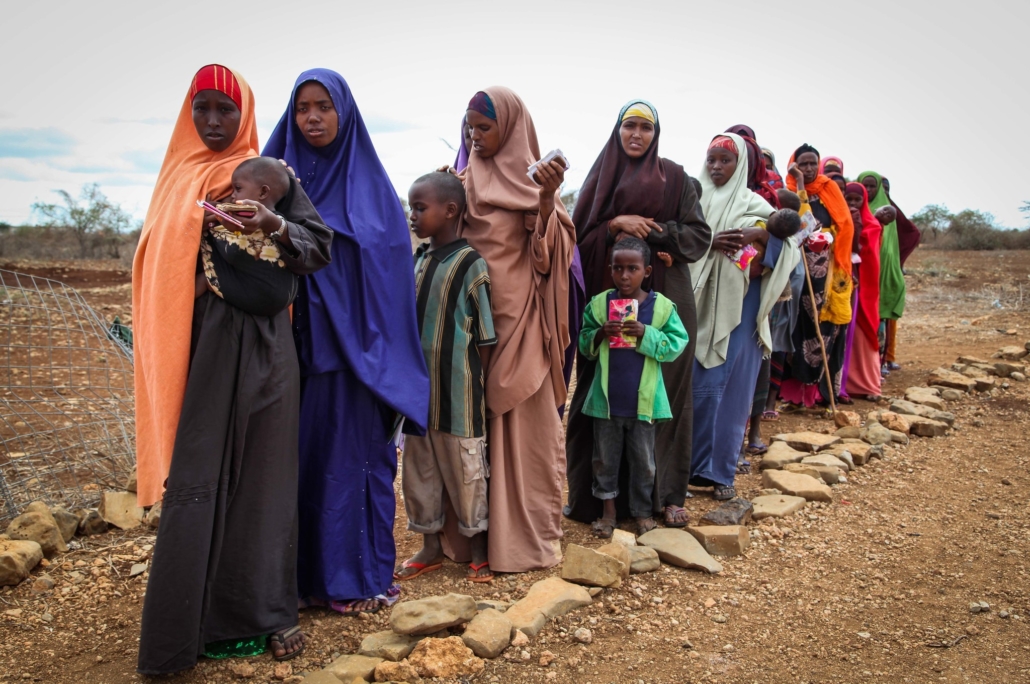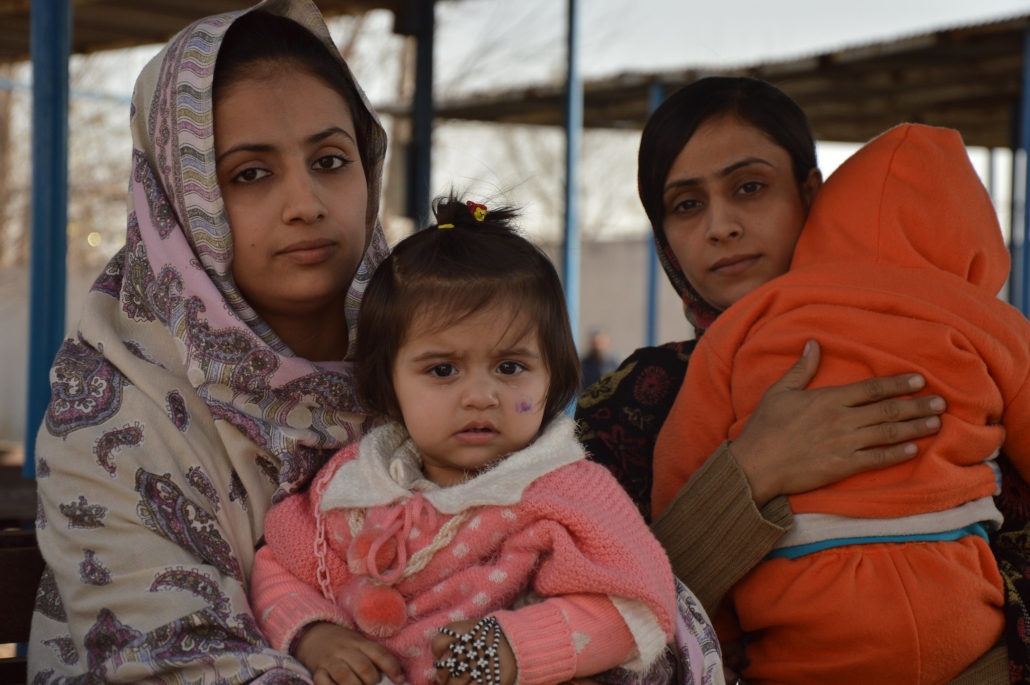
The Taliban’s rise to power in Afghanistan after the U.S. military withdrawal has left hundreds of thousands of Afghans either displaced or seeking refuge. The United Nations has estimated that up to 500,000 Afghans will flee Afghanistan by the end of 2021. As a result, as the Taliban’s power continues to grow, countries across the globe have opened their doors to help relocate Afghan refugees. The International Rescue Committee (IRC) is one global organization that is taking a lead in this relocation work. The IRC helps relocate Afghan refugees in Mexico, Uganda and Pakistan.
About the International Rescue Committee
Founded in 1933, the IRC responds to catastrophes and humanitarian crises across the globe. Since its inception, the IRC assists those who have had to relocate by providing them with lifesaving care and long-term stability. To date, the IRC operates in over 40 counties and 22 U.S. cities offering a range of support to people who have been uprooted and are struggling.
How the IRC Helps Relocate Afghan Refugees
For the past 30 years, the IRC has worked to provide aid to Afghanistan and continues to amid the ongoing crisis. On August 31, 2021, the IRC announced that the Mexican government will welcome 175 refugees arriving in Mexico City. Throughout its history and to date, Mexico has been a safe haven for those seeking refuge. Upon their arrival, the IRC provides urgent medical care, welcome kits, COVID-19 PPE and Psychological First Aid (PFA) to those who need it. The IRC has also announced plans to provide refugees in Mexico with cash cards to communicate with families still in Afghanistan.
Uganda is a second country that works with the IRC. Since 1998, Uganda and the IRC have supported over 1.5 million refugees and are currently working with the United States and United Kingdom embassies to provide asylum for Afghan refugees. Similar to Mexico’s approach, upon arriving in Uganda, refugees receive housing, medical assistance, COVID-19 PPE, sanitary products and temporary immigration cards. IRC staff onsite in Uganda have also provided refugees with a 24/7 medical clinic along with individual and group psychosocial services.
The IRC has also been working with Pakistan since 1980 and the partnership has helped more than 3 million Afghan refugees relocate. Despite the fact that the COVID-19 pandemic has depleted much of Pakistan’s resources and ravaged its economy, Pakistani officials have assured temporary asylum for new refugees coming from Afghanistan. The IRC helps Afghan relocate refugees arriving in Pakistan by supporting them through cash assistance, health care, job training and “child-friendly spaces” where children can play and attend school in a safe environment.
Types of Support the IRC Receives
- Donations. The IRC website offers multiple avenues for people to donate. The Rescue Gifts page includes hundreds of gifts ranging from baby kits and survival kits to a year of school for two girls. People can also make a one-time or monthly donation that will go towards providing refugees with medical care and other emergency assistance. The IRC spends 87% of all donations on programming.
- Volunteers. Volunteers help coordinate community outreach in various areas by hosting donation drives or working internships to get hands-on experience with refugee resettlement. They also help refugees adjust when they make it to the U.S. by hosting refugees in their homes with IRC’s partner Airbnb.
- Community Support. Individuals can call their representatives and mobilize community members to contact their representatives. In addition, you can work alongside the IRC’s Policy and Advocacy team in the fight for policies and legislation. Text RESCUE to 40649 to start taking action.
A Promising Future
The road ahead will be tough for Afghanistan and for the Afghan refugees. Nevertheless, the IRC’s support will change the course of the refugee crisis one donation at a time.
– Sal Huizar
Photo: Flickr
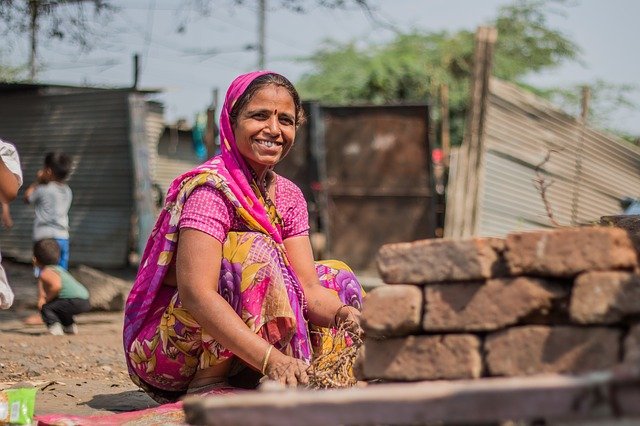 Several failed humanitarian efforts can be attributed to the fact that some programs developed with good intentions fail to take into account the local context in which they are implemented. Others are
Several failed humanitarian efforts can be attributed to the fact that some programs developed with good intentions fail to take into account the local context in which they are implemented. Others are 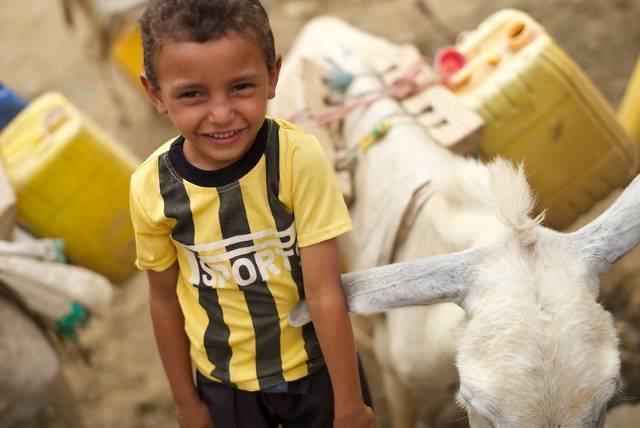 Labeled by the United Nations as the “world’s worst humanitarian crisis”, more than 80% of Yemen’s population is experiencing starvation, displacement and disease while the country is on an economic decline. The crisis began in 2015 due to a civil war, and since then, many organizations have stepped up to support the people of Yemen. A few of these organizations are United States-based nonprofits that are assisting those suffering. in Yemen.
Labeled by the United Nations as the “world’s worst humanitarian crisis”, more than 80% of Yemen’s population is experiencing starvation, displacement and disease while the country is on an economic decline. The crisis began in 2015 due to a civil war, and since then, many organizations have stepped up to support the people of Yemen. A few of these organizations are United States-based nonprofits that are assisting those suffering. in Yemen.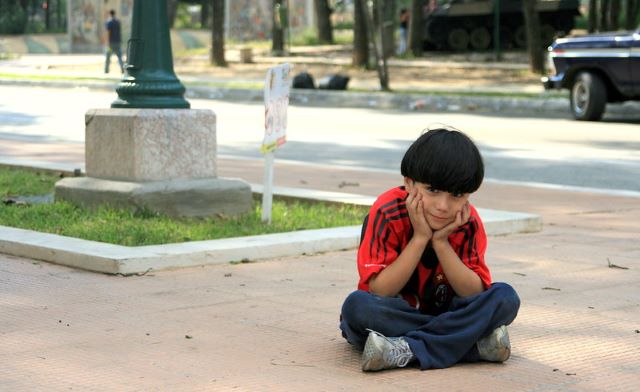 Since 2015, roughly five million people have left Venezuela in hopes of finding a better life. This marks the
Since 2015, roughly five million people have left Venezuela in hopes of finding a better life. This marks the 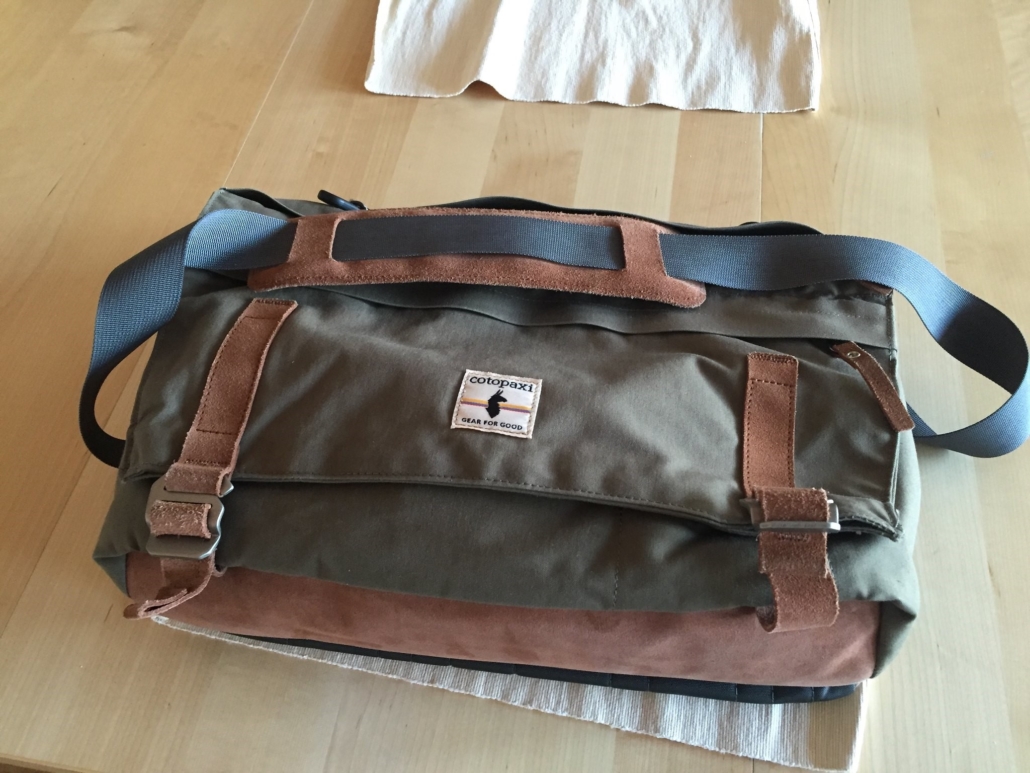
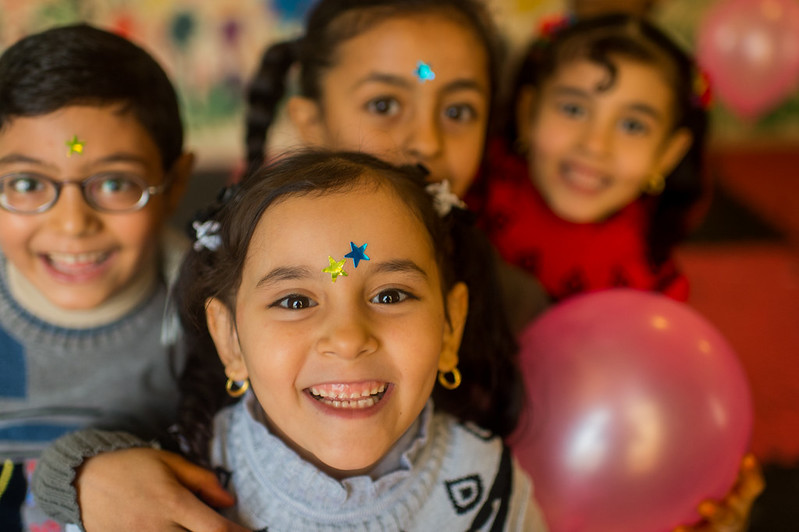 The Syrian Arab Republic is a country in the Middle East with a rich and unique history that goes back as far as 10,000 years. More recently, political instability led to the Syrian civil war, which has created a humanitarian crisis that extends far beyond its borders. Syrian refugees are now found all around the world, having left their country fleeing the war. This has had a particularly severe impact on Syrian children.
The Syrian Arab Republic is a country in the Middle East with a rich and unique history that goes back as far as 10,000 years. More recently, political instability led to the Syrian civil war, which has created a humanitarian crisis that extends far beyond its borders. Syrian refugees are now found all around the world, having left their country fleeing the war. This has had a particularly severe impact on Syrian children.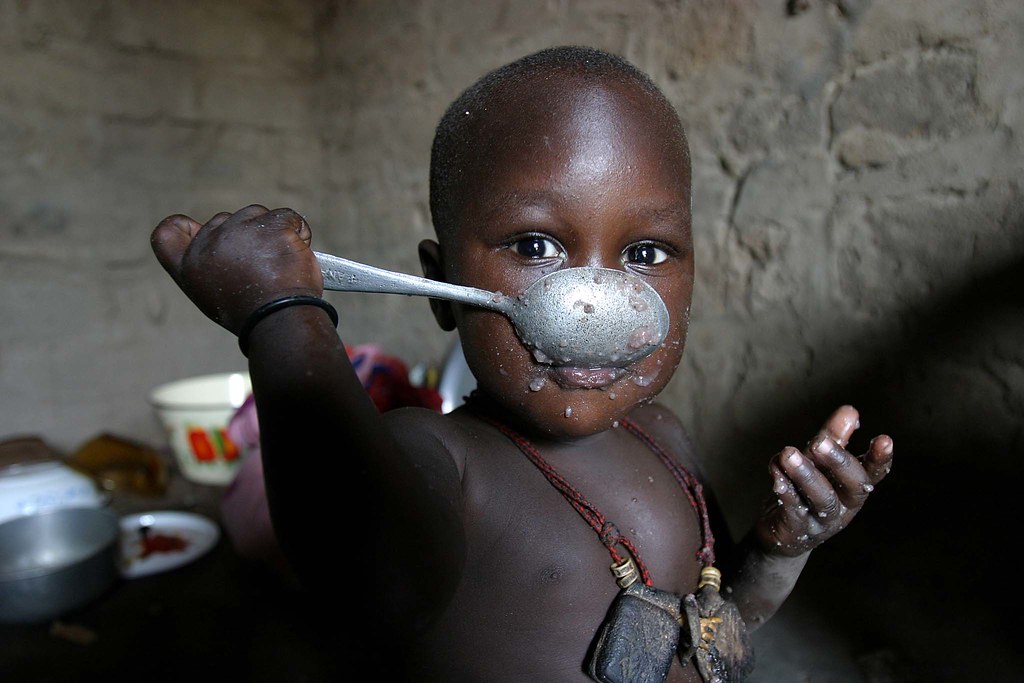 Violent conflict that has
Violent conflict that has 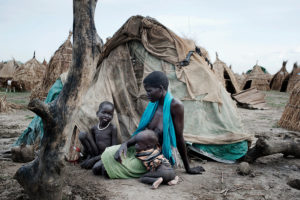 Situated in Central East Africa, South Sudan holds the title of the newest country in the world. South Sudan gained independence from Sudan in 2011, an agreement ending the longest recorded civil war in Africa. In the midst of conflict, people were forced out of homes and into the streets. This created a large population of poverty and homelessness in South Sudan.
Situated in Central East Africa, South Sudan holds the title of the newest country in the world. South Sudan gained independence from Sudan in 2011, an agreement ending the longest recorded civil war in Africa. In the midst of conflict, people were forced out of homes and into the streets. This created a large population of poverty and homelessness in South Sudan.